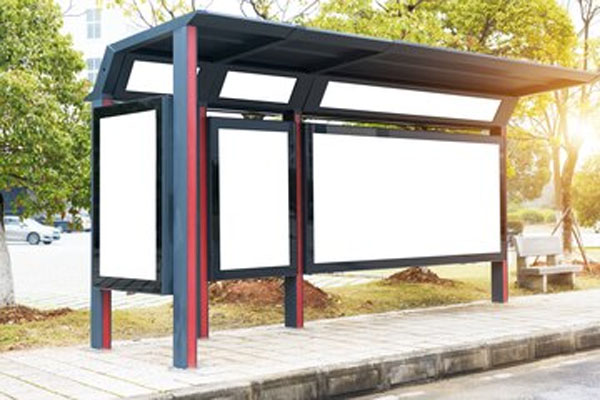Bus shelter advertising, a long-standing fixture of urban landscapes, is seeing a new wave of relevance and growth in Australia. While train and rail advertising continues its digital expansion, bus stops remain a powerful and essential medium for brands looking to connect with a highly localized and engaged audience. Recent data and industry movements highlight key trends shaping this dynamic sector.
A significant development is the continued investment in both static and digital bus shelters by major outdoor media companies. Companies like oOh!media are expanding their networks and offering a range of options, from classic posters to high-impact digital screens. These digital assets provide advertisers with greater flexibility and the ability to run dynamic campaigns that can be tailored to specific locations and times of day. This is particularly effective in high-traffic areas and near retail centers.
Furthermore, Bus shelter advertising are proving to be a valuable tool for hyperlocal advertising. As buses travel through various suburbs and neighborhoods, bus stop ads provide a unique opportunity for brands to target consumers on the street level. This close proximity to local businesses and residential areas makes bus shelter advertising a highly effective way to drive foot traffic and build local brand recognition.
Similar to the train advertising space, bus shelters are also being used for community initiatives. This highlights their role as more than just a commercial medium, but as a platform for positive social messaging. The strategic placement of these ads, along with the captive audience they serve, makes them a powerful channel for both commercial and non-profit campaigns. As a result, bus shelter advertising continues to be a key component of a multi-channel outdoor media strategy, complementing other formats like billboards and train advertising to create a comprehensive journey solution for consumers.

